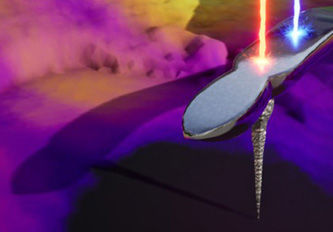Innovations in materials science are as essential to modern life as indoor plumbing—and go about as unnoticed. Innovations in semiconducting devices, for example, continue to enable the transmission of more information, faster and through smaller hardware—such as through a device that fits in the palms of our hands.



